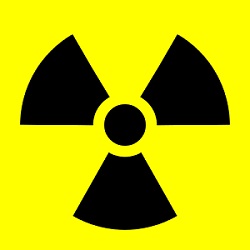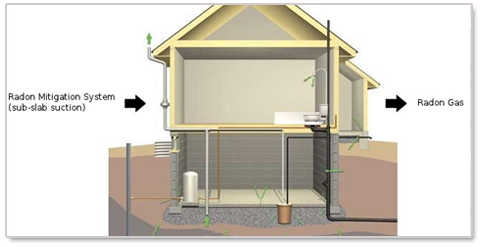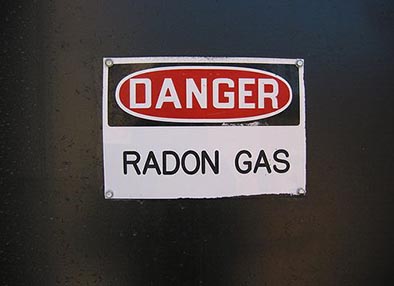The Risks of Radon Exposure in Iowa
Most people are aware that radon exposure is dangerous and should be avoided whenever possible. But many people also do not realize just how high the risk of radon exposure is in their homes. For people who live in Iowa, it is very common to find elevated levels of radon within their home. Because radon is undetectable to the human senses (it is a colorless, odorless, tasteless gas), it is important to have your home tested for radon to determine whether or not it contains dangerously high levels of the radioactive, carcinogenic gas. Ameriserv Radon Mitigation of Iowa has several different radon testing options for use in your Iowa home.
 Why should you test your Iowa home for radon? The USEPA (United States Environmental Protection Agency) considers indoor radon levels at or below 4.0 pCi/L to be safe. Keeping radon below this level reduces the chances of developing lung cancer due to radon exposure. Lung cancer related to radon exposure is a serious risk in the United States: 21,000 lung cancer deaths per year are the result of radon. Exposure to radon is the second leading cause of lung cancer behind smoking. This is why it is important to make sure the radon levels in your home are not dangerously or unusually high.
Why should you test your Iowa home for radon? The USEPA (United States Environmental Protection Agency) considers indoor radon levels at or below 4.0 pCi/L to be safe. Keeping radon below this level reduces the chances of developing lung cancer due to radon exposure. Lung cancer related to radon exposure is a serious risk in the United States: 21,000 lung cancer deaths per year are the result of radon. Exposure to radon is the second leading cause of lung cancer behind smoking. This is why it is important to make sure the radon levels in your home are not dangerously or unusually high.
Iowa Radon Risk and What to do About it
What is the risk that your Iowa home has a radon problem? Some statistics that shed light on radon in Iowa are listed below:
- Iowa is a Red Zone: The entire state of Iowa is in Zone 1, the red zone. This means that the state has a high potential to have elevated radon levels.
- Iowa Average is 8.5 pCi/L: The average radon concentration in homes in Iowa is 8.5 pCi/L. This is over twice as much as the recommended maximum safe level and is over six times the national average for the same measure.
- More Iowa Homes have Radon: The percentage of homes in Iowa that have radon levels over 4.0 pCi/L and also of homes that have radon levels over 20.0 pCi/L is higher than any other state.
- Radon is Prominent in Iowa Homes: Five out of any seven homes in in Iowa contain elevated radon levels, according to the Iowa Public Health Department (IDPH).
- Four Hundred Radon Deaths Per Year: Every year, around 400 people in Iowa die from lung cancer that was the result of prolonged or severe radon exposure.
These are some of the risks of radon in Iowa homes that can be reduced by testing for radon and installing a radon mitigation system. This system will help to keep radon levels lower by collecting the radon and releasing it outside the home before it can build up inside.
If you are worried about the Iowa Radon Risk in your home, contact the professionals at Ameriserv Radon Mitigation as soon as possible.
 Our Response to COVID-19
Our Response to COVID-19 



